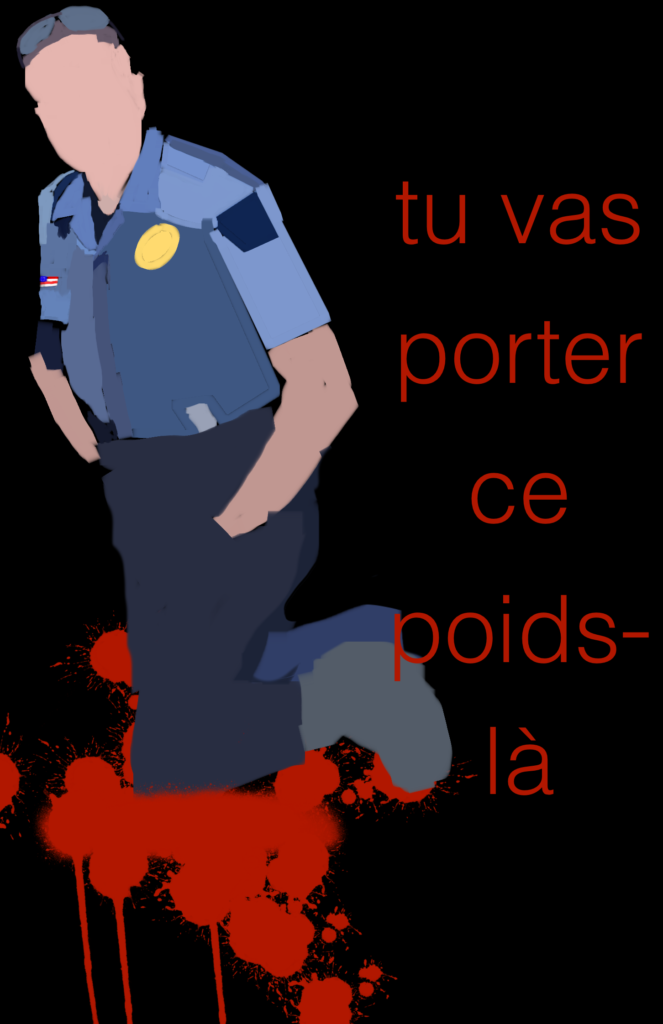How do you make a compelling poster? Students at Salesian College Preparatory High School in Richmond studied the art form – yes, art form! — to come up with their own answers, creating bold and timely graphics in the process.
The assignment stems from SFMOMA’s Teacher Advisory Group, which brings together local teachers and Education Department staff to discuss methods for incorporating museum works across academic disciplines. The cohort is part of a broader effort to demonstrate the role of visual arts in shaping culture and society.
For this project, students in French and Visual Arts courses studied posters from SFMOMA’s collection, using the strategies they saw to create posters responding to class topics, as well as broader social justice and equity issues. “I wanted our students to see that they could make something that was part of a long socio-historical tradition, knowing that many of my students are still processing the significant political and social movements of 2020,” says William Heidenfeldt, who teaches French at Salesian. “I was excited for them to learn about the May 1968 student-led protests, and to have them compare and contrast what they saw in class with what they’ve been experiencing in the past year.”
While the collection works served as points of departure, the inventions and their messages came directly from the students. “I loved seeing students work their way through each step of the project,” says Debra Shushan, chair of the visual and performing arts at the school. “They played with ideas, words, type, and images to make something expressive, beautiful, and sometimes humorous.”
The end result? Potent works that address local and global issues, infused with the artists’ distinct perspectives. Below, browse the posters, read about each work, and find poster-making tutorials and resources.












